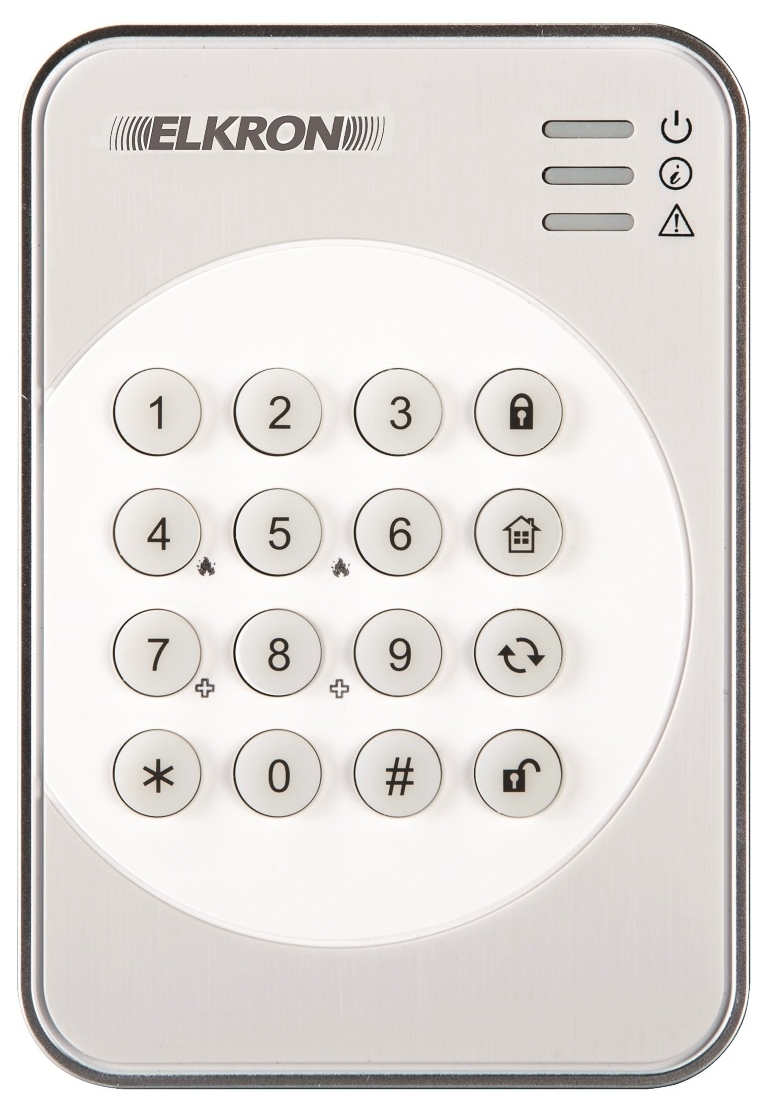
In spatialising the conversation, the diagrams allow for a wide variety of actants and relations to emerge. them to draw a diagram as to support their narrative. Concretely, we conducted qualitative interviews with professionals who develop, use or militate against these technologies and asked. With this method we want to map the heterogeneous and multiple nature of security vision tech- nologies and their imaginaries. In this paper we propose a time-based digital tool, a diagram-in-the-making, as to learn about computer vision in the field of security. Reconstructing the visual transformations that allow artificial intelligence assemblages to operate allows some sense of their heteronomous materiality and contingency. We analyze how transformations in the collection and accumulation of images as ensembles by platforms have a qualitative and material effect on the emergent sociotechnicality of platform ‘life’ and ‘perception’. In this article, we analyze recent transformations in forms of prediction and data analytics associated with spectacular performances of computation. Such practices are subtended by visual cultural techniques that are grounded in the development of image collections, image formatting and hardware design. How can one ‘see’ the operationalization of contemporary visual culture, given the imperceptibility and apparent automation of so many processes and dimensions of visuality? Seeing – as a position from a singular mode of observation – has become problematic since many visual elements, techniques, and forms of observing are highly distributed through data practices of collection, analysis and prediction.

We observe how the alignment of the snapshot with the Internet results in the emergence of new photographies in which the photographic image interacts with established and experimental media forms – raising questions about the ways in which digital photography is framed institutionally and theoretically. In this article we attempt to delineate the field of snapshot photography as this practice shifts from primarily being a print‐oriented to a transmission‐oriented, screen‐based experience. Informing these practices is a growing cultural shift towards a conception of the Internet as a platform for sharing and collaboration, supported by a mosaic of technologies termed Web 2.0. As the digital image proliferates online and becomes increasingly delivered via networks, numerous practices emerge surrounding the image's transmission, encoding, ordering and reception. Supported by the increased affordability of computers, digital storage and access to broadband, consumers are provided with new opportunities for the capture and transmission of images, particularly online where snapshot photography is being transformed from an individual to a communal activity. The disappearance of the camera inside the mobile phone has ensured that even the most banal moments of the day can become a point of photographic reverie, potentially shared instantly. To avoid breaking a door when you attack through it: make sure the mob is well away from the door when you attack and use a spear.Twenty‐two years since the arrival of the first consumer digital camera, Western culture is now characterized by ubiquitous photography.

the one with the 'Gatling Gun' -Yes, there are Two Grounder Bosses! Guess what he drops!!īut getting back to material strengths.You can attack through doors as long as the door itself doesn't take more than one hit -meaning that If you hit it and then they hit it the door will break unless it's made of Iron or better. All his explosives went off point-blank but my 'Gold Explosive Arrows' finally put that Grounder Captain to rest! -And he gave up the 'Modified Detector'. Stone Walls are better than Stone placed out of your inventory but Metal Walls are even stronger -and Iron Walls can take a couple blasts from the Ground Captain's flying Land Mines in close quarters! I walled him into a Teleportation chamber with my tanking pet blocking his escape even as he lay there Bleeding Out.


 0 kommentar(er)
0 kommentar(er)
